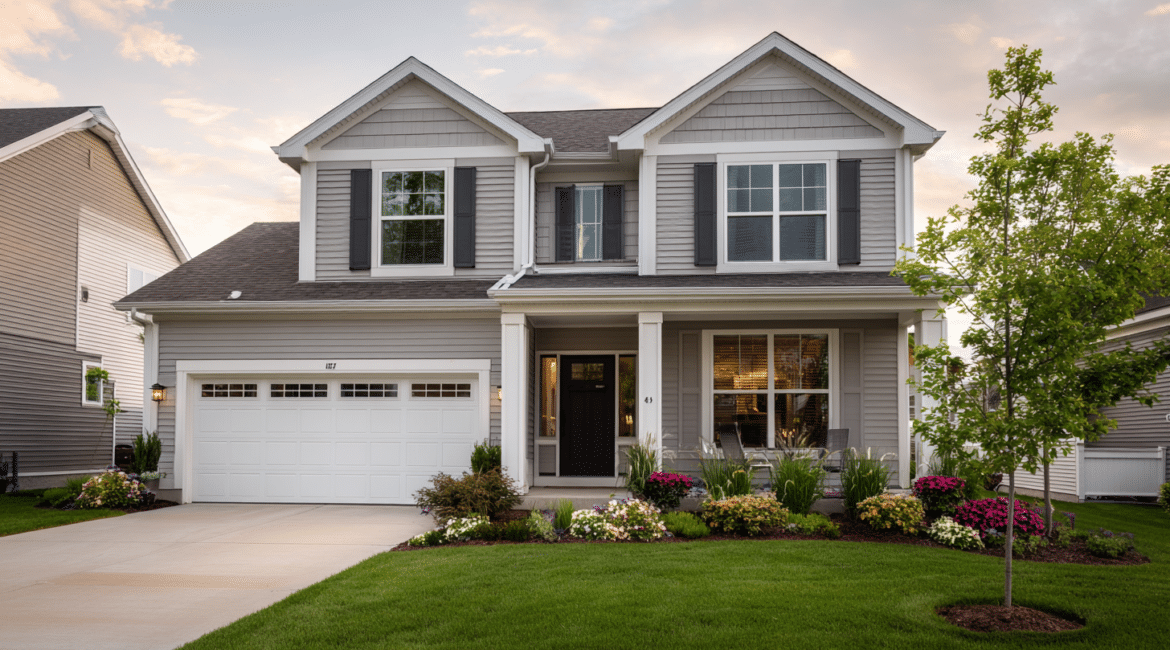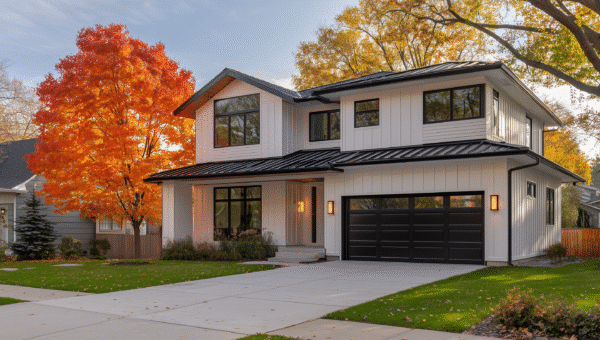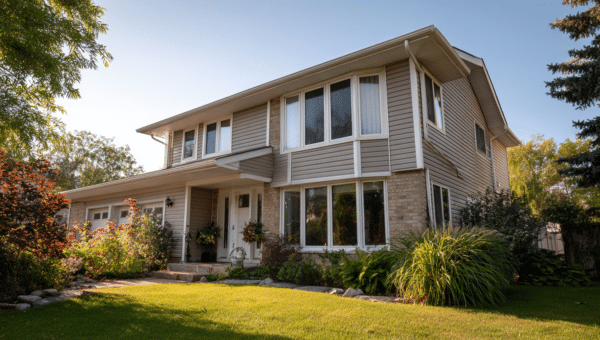Why ENERGY STAR Windows Matter
If your home feels too hot in the summer or too cold in the winter, your windows could be the reason. Old or poorly made windows let air escape, which raises your energy bills.
ENERGY STAR windows help fix this problem. They keep warm air in during winter and block heat in summer. That means your home stays comfy, and your energy bills go down.
According to the U.S. Department of Energy, ENERGY STAR certified windows can save you up to $465 a year when replacing single-pane windows.
But what makes a window ENERGY STAR certified? Let’s break it down in simple terms.
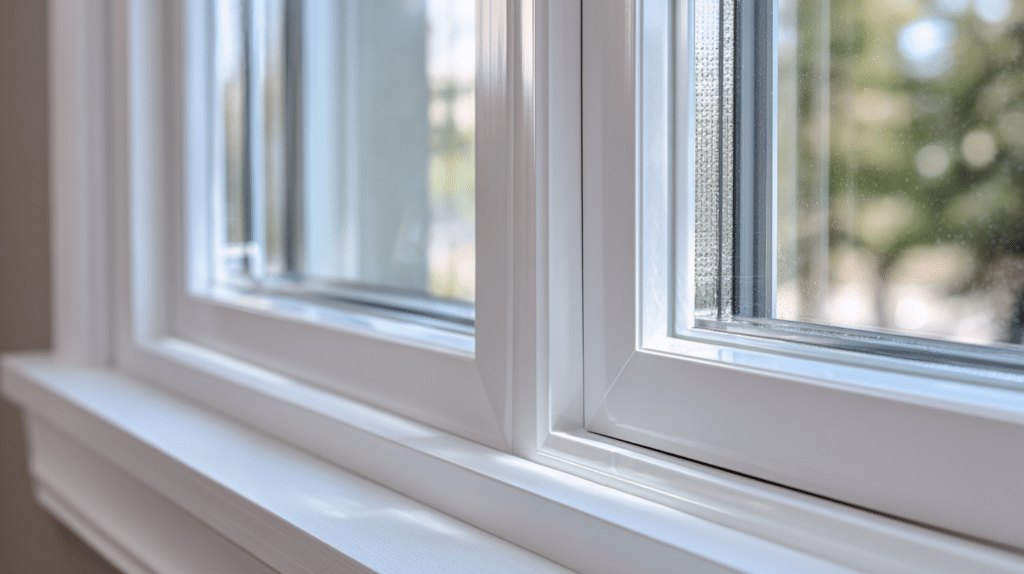
What Is ENERGY STAR?
ENERGY STAR is a program created by the U.S. Environmental Protection Agency (EPA). It helps people and businesses save money and protect the planet through energy efficiency.
When a product is ENERGY STAR certified, it means it uses less energy than regular products while still doing its job well.
ENERGY STAR works with windows, doors, appliances, and more. But windows must meet special rules to get that blue ENERGY STAR label.
What Makes a Window ENERGY STAR Certified?
ENERGY STAR windows are tested to make sure they meet tough standards. These standards look at how well the window keeps heat in or out.
Here are the key parts of an ENERGY STAR certified window:
1. Low U-Factor (or U-Value)
The U-Factor measures how much heat escapes through a window. Lower numbers mean better insulation.
| U-Factor Range | What It Means |
| 0.20–0.30 | Very good insulation |
| 0.31–0.50 | Fair to average |
| Over 0.50 | Poor insulation |
ENERGY STAR windows usually have a U-Factor of 0.30 or lower, especially in colder areas like Wisconsin.
2. Low Solar Heat Gain Coefficient (SHGC)
SHGC measures how much heat from sunlight enters your home through the glass.
- A lower SHGC (like 0.25) is best in hot, sunny areas
- A higher SHGC (like 0.40) may be better in cold places where you want to bring in warmth
ENERGY STAR looks at the climate zone where you live to decide the right SHGC level.
Milwaukee, WI is in the Northern Climate Zone, so the U-Factor matters most here.
3. Double or Triple Panes
ENERGY STAR windows usually have two or three layers of glass. These extra panes trap air (or gas like argon) between the glass to improve insulation.
This helps:
- Reduce heat loss
- Lower noise from outside
- Block harmful UV rays that fade carpets or furniture
4. Gas Fills (Argon or Krypton)
Between the panes, most ENERGY STAR windows are filled with argon gas. This gas is clear and safe. It adds insulation and slows heat transfer.
Krypton gas is even better but more expensive, and it’s often used in thinner windows.
5. Low-E Glass Coating
Low-E means low emissivity. It’s a thin, invisible layer on the glass that reflects heat.
This helps in two ways:
- Keeps heat inside during winter
- Blocks heat in the summer
Low-E coatings also block UV rays, which protects your home’s interior from fading.
6. Strong Frames
Frames are just as important as glass. ENERGY STAR windows use frames that:
- Don’t warp or crack
- Insulate well
- Last a long time
Common ENERGY STAR frame types include:
- Vinyl: Good insulator, low maintenance
- Fiberglass: Very durable and strong
- Wood (with cladding): Beautiful and natural, often covered in vinyl or aluminum outside to protect from weather
7. Proper Labeling and Certification
Every ENERGY STAR window has:
- A blue ENERGY STAR label
- A National Fenestration Rating Council (NFRC) label
The NFRC label shows ratings for U-Factor, SHGC, visible light, and air leakage. This helps you compare windows fairly.
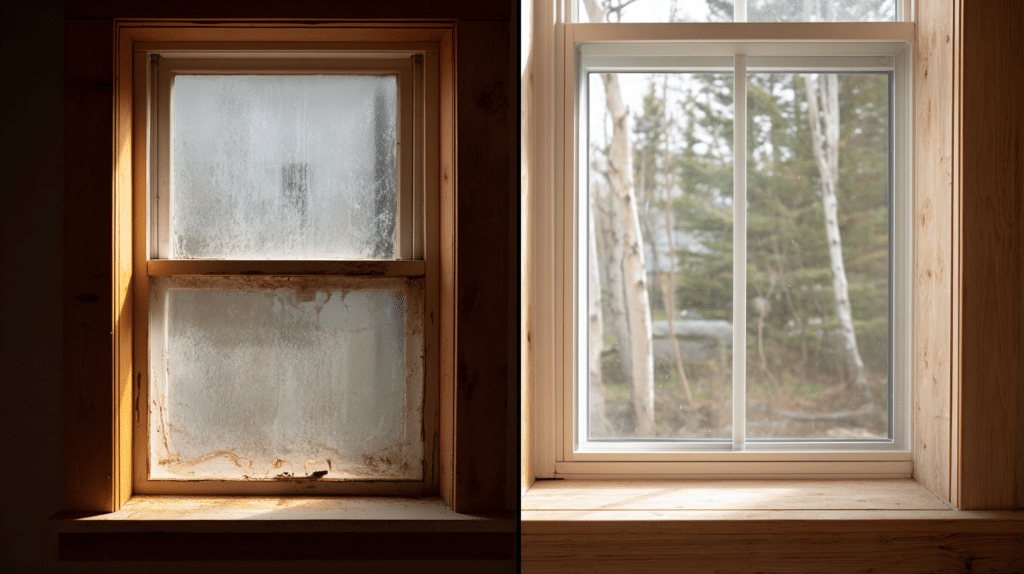
How ENERGY STAR Windows Help You Save
Here’s how ENERGY STAR certified windows help Milwaukee homeowners:
- Lower energy bills: Less heating and cooling needed
- More comfort: Fewer drafts, better temperature control
- Less noise: Blocks outside sounds
- Protects furniture: Blocks harmful sunlight
- Better for the planet: Less energy use means fewer emissions
Real Numbers from ENERGY STAR
According to ENERGY STAR.gov:
- Replacing single-pane windows with ENERGY STAR ones can save up to $465/year
- Replacing double-pane clear-glass windows can save $111/year
- ENERGY STAR windows can reduce your carbon footprint by up to 6,200 pounds of CO₂ per year
(Source: energystar.gov)
ENERGY STAR vs. Non-Certified Windows
| Feature | ENERGY STAR Certified | Non-Certified |
| U-Factor | 0.30 or lower | Often 0.50+ |
| SHGC (optimized by zone) | Yes | Often ignored |
| Glass Panes | Double or triple | Single pane |
| Gas Fill | Argon or krypton | Air only |
| Low-E Coating | Yes | Rare |
| Cost Over Time | Lower (saves energy) | Higher (wasted energy) |
Do All ENERGY STAR Windows Work the Same?
Not exactly. ENERGY STAR windows are designed for specific climate zones.
There are four zones:
- Northern
- North-Central
- South-Central
- Southern
Milwaukee is in the Northern zone, where insulation is key. So ENERGY STAR windows here focus more on U-Factor than SHGC.
When shopping, always check that the window matches your zone. The ENERGY STAR label will show this clearly.
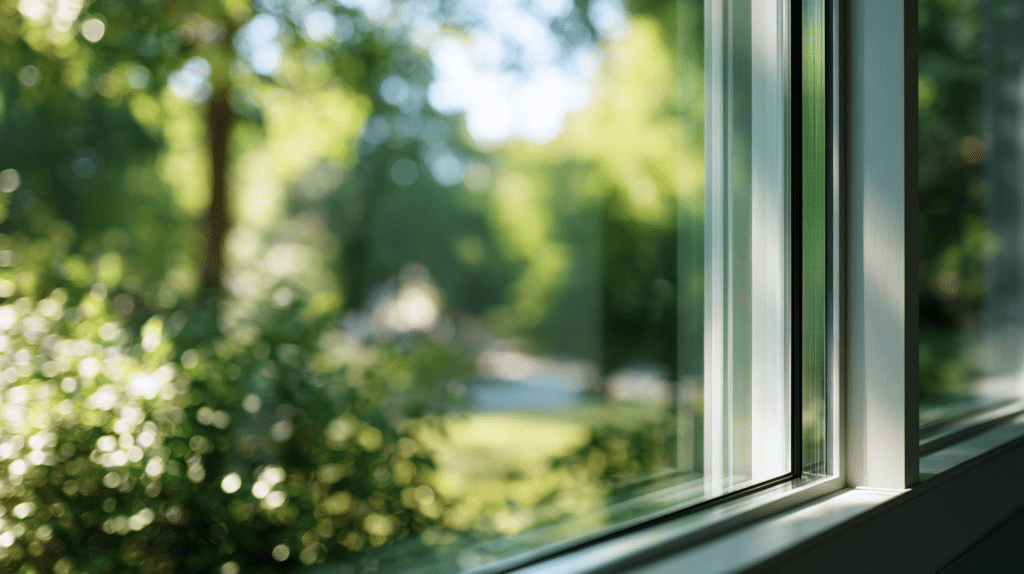
How to Spot the ENERGY STAR Label
Look for two things:
- The Blue ENERGY STAR Logo
- Shows the product is certified
- NFRC Label
- Shows ratings for:
- U-Factor
- SHGC
- Visible transmittance
- Air leakage (sometimes)
- Shows ratings for:
These two labels give you all the facts you need to make a smart choice.
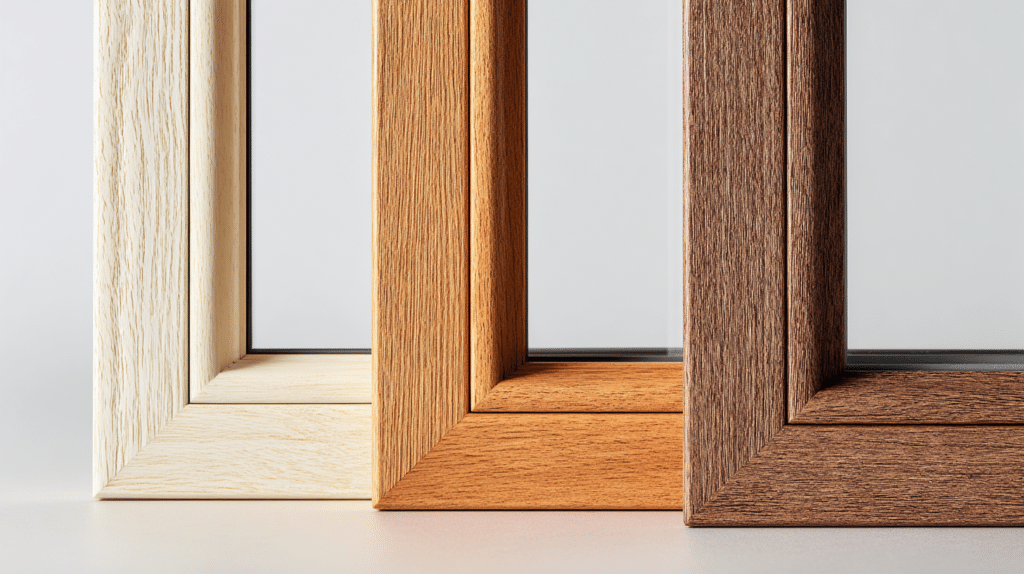
Are ENERGY STAR Windows Worth the Cost?
ENERGY STAR windows may cost more up front, but they save money over time.
Let’s look at a simple example:
| Type of Window | Estimated Annual Energy Cost | 10-Year Energy Cost |
| Non-Certified Window | $800 | $8,000 |
| ENERGY STAR Window | $600 | $6,000 |
| Total Savings | $200/year | $2,000+ |
Based on typical heating/cooling costs in cold climates like Wisconsin.
You’ll also add value to your home and enjoy better comfort year-round.
When Should You Replace Old Windows?
Here are signs it might be time to replace your windows with ENERGY STAR ones:
- You feel drafts even when windows are closed
- Windows fog up between the panes
- Outside noise is loud inside
- Frames are cracked, warped, or rotting
- Heating and cooling bills keep rising
If your windows are more than 15–20 years old, it may be time to upgrade.
How to Choose the Right ENERGY STAR Window
When shopping, ask these questions:
- Is it certified for the Northern zone?
- What is the U-Factor? (Lower is better)
- Does it have a Low-E coating?
- What type of gas fill is used?
- What is the frame material?
- Is there a warranty?
Also, ask a local expert who understands Wisconsin weather. They can help you pick the right window for your home and budget.
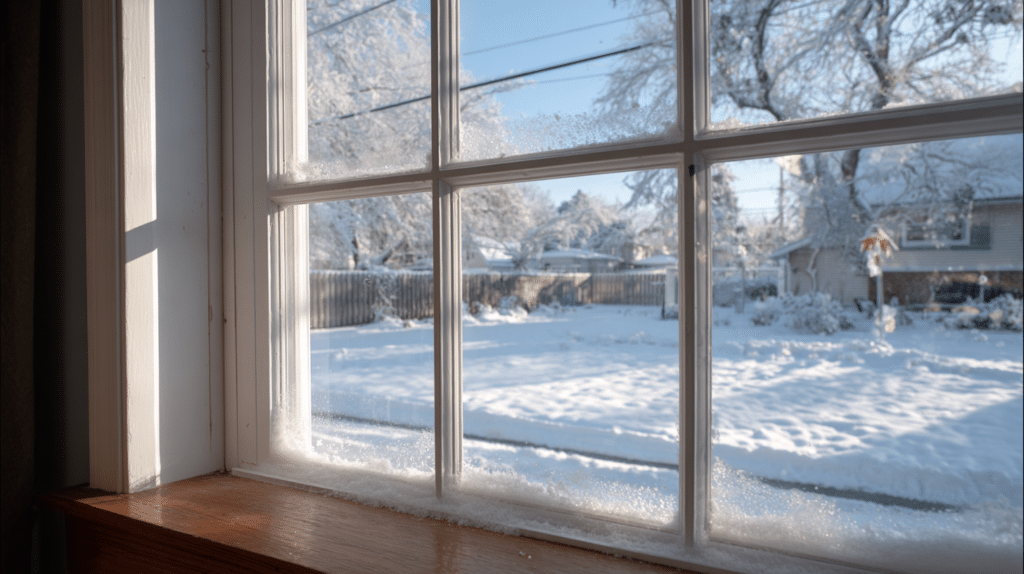
Ready to Upgrade Your Windows in Milwaukee?
If you’re thinking about replacing your windows, we’re here to help.
Tiltin Windows, Doors and More has helped Milwaukee homeowners for over 25 years with window, door, and siding installations.
We install high-quality ENERGY STAR certified windows that help save energy, cut your bills, and make your home more comfortable.
Contact Tiltin Windows, Doors and More today for a free consultation.
Let our friendly team help you choose the best windows for your home and climate.

